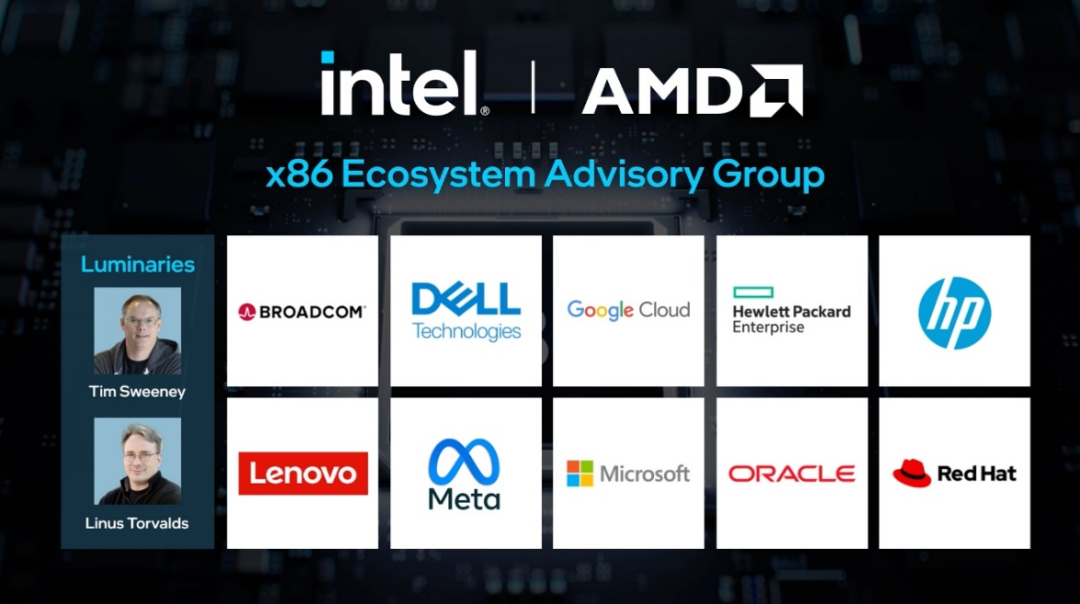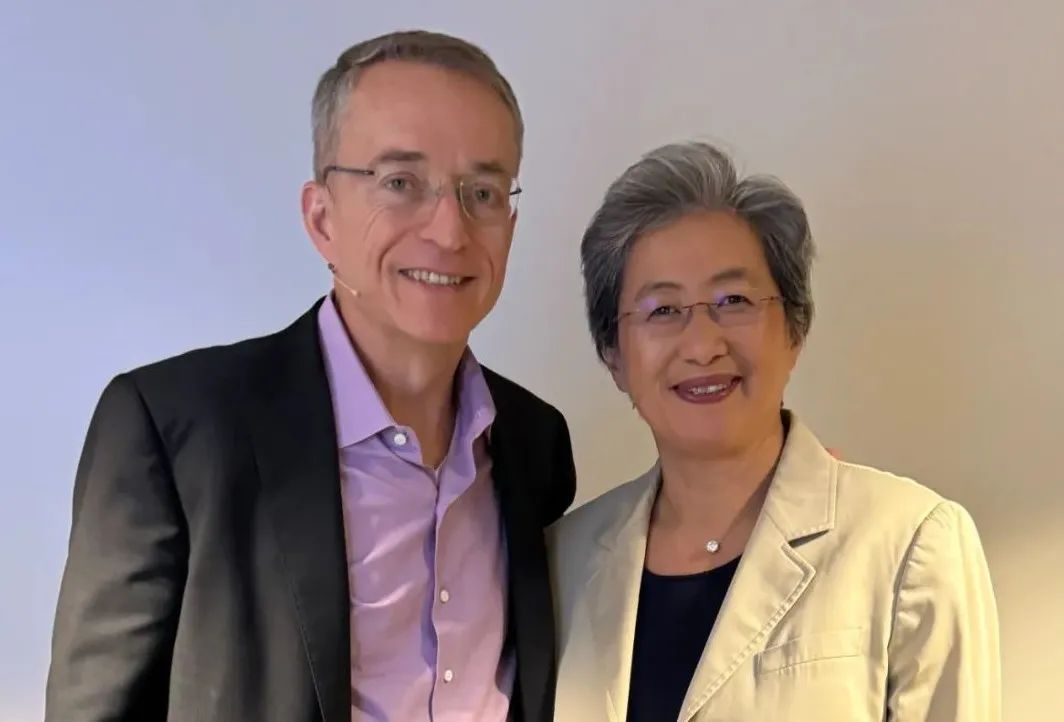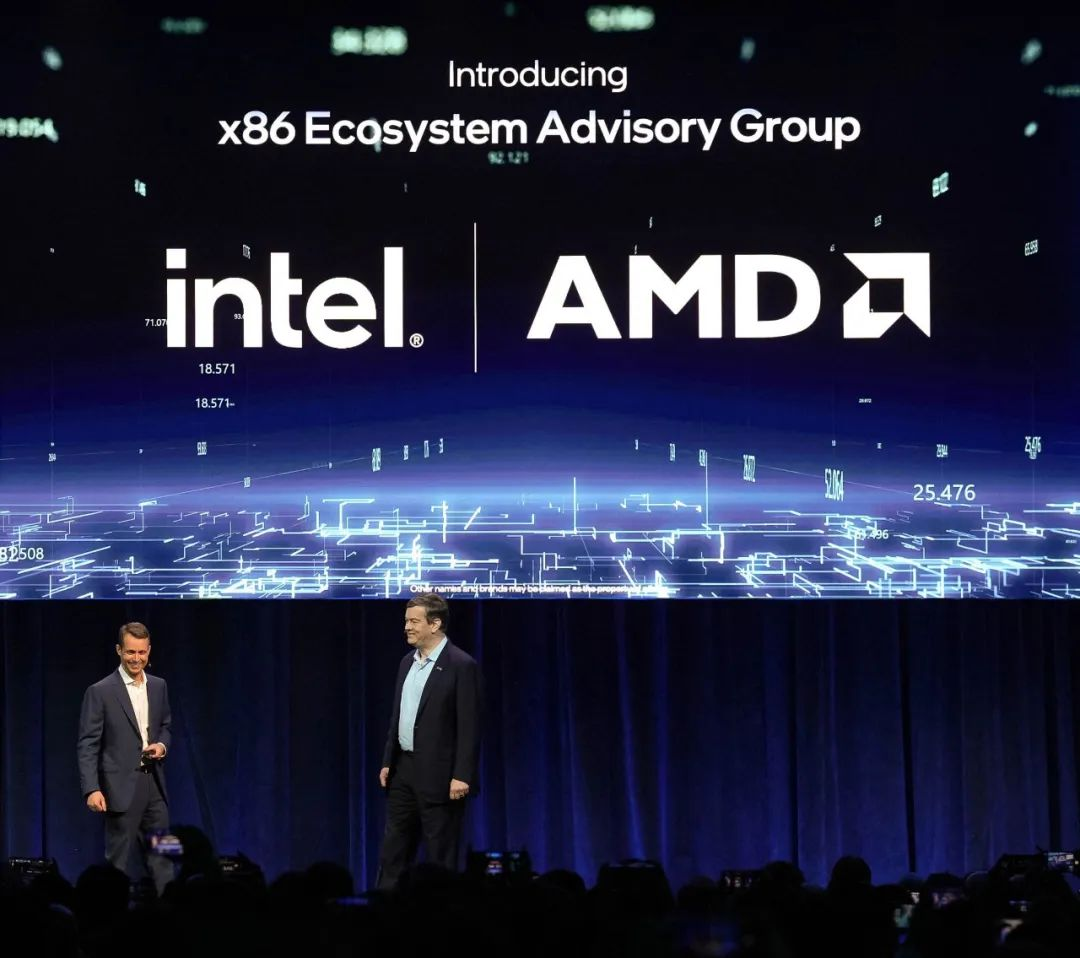On October 16, two leading processor manufacturers, Intel and AMD, jointly announced the establishment of the x86 ecosystem advisory group. The group brings together industry technology leaders Linus Torvalds and Tim Sweeney, and many partners have joined as founding members, including Broadcom, Dell, Google, Hewlett Packard Enterprise, HP, Lenovo, Meta, Microsoft, Oracle, and Red Hat. Intel stated that the advisory group will be dedicated to finding innovative methods to expand the x86 ecosystem, achieve cross-platform compatibility, and simplify software development, which will enhance the compatibility, predictability, and consistency among x86 products.

Sheng Linghai, vice president of research at Gartner, believes that this move is mainly to further strengthen the competitiveness of the x86 camp in the data center field. Sun Wenjian, founder and CEO of Corechip Technologies, also said that the development of the Arm camp is so fierce that the x86 camp has to unite to resist. However, Sun Wenjian emphasized that Intel and AMD are competitors in many fields.
According to data, the long-standing dominant position of the x86 architecture in the data center server market is facing challenges from the Arm and RISC-V architectures. In recent years, with the growth of people's demand for digital transformation such as artificial intelligence and high-performance computing, many enterprises have begun to adopt the Arm architecture. This has led to an increase in the proportion of Arm architecture servers used in the cloud. TrendForce predicts that the penetration rate of Arm architecture in data center servers will reach 22% in 2025. At the same time, RISC-V IP and chip companies such as Alibaba, SiFive, and Socionext are also continuously launching high-performance computing products to expand the data center market. This forces the x86 camp to face up to external challenges.

In the press release, Intel CEO Pat Gelsinger emphasized that the x86 architecture and ecosystem are at a critical moment in decades of development and require further customization capabilities, compatibility, and scalability to meet current and future customer needs. AMD chairman and CEO Lisa Su also said that the establishment of the x86 ecosystem advisory group will ensure the continuous development and evolution of the x86 architecture as the computing platform of choice for developers and customers.
It is understood that the advisory group aims to shape the future of x86 in conjunction with industry leaders and promote developer innovation through a more unified set of instructions and architecture interfaces. This measure will enhance the compatibility, predictability, and consistency of x86 products. To achieve this goal, the group will solicit technical opinions on basic functions and characteristics from the x86 hardware and software community. Collaboration will help create consistent and compatible implementations of key x86 architecture functions and programming models and extend to all sectors (including data centers, clouds, clients, edges, and embedded devices), ultimately bringing downstream benefits to customers.

The establishment of the advisory group is expected to achieve many results. First, it can provide customers with more choices and stronger compatibility in hardware and software, enabling them to benefit from the enhancements brought by new cutting-edge functions more quickly. Second, it can simplify architecture guidelines to improve the performance of Intel and AMD's x86 product series in terms of software consistency and interfaces. Third, it enables new functions to be integrated into operating systems, frameworks, and applications more widely and efficiently.
Intel and AMD have had many industrial cooperations in history, focusing on platform-level progress, standard introduction, and security vulnerability mitigation within the x86 ecosystem. In addition, Intel and AMD have also had many cooperations on industry technical standards such as PCI, PCIe, and ACPI. However, in the face of new competitors this time, their cooperation may have more new differences.











